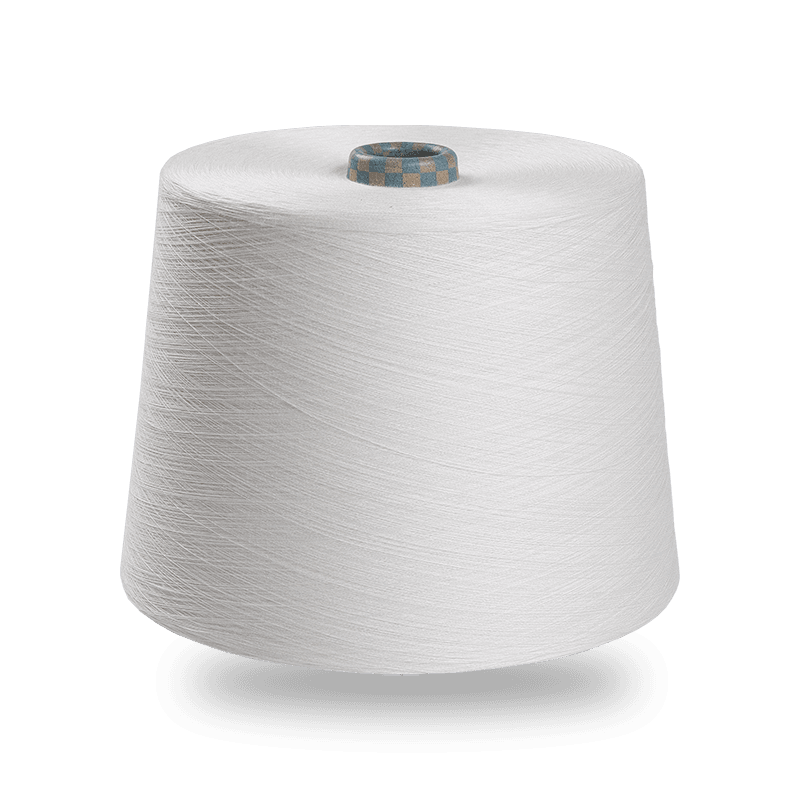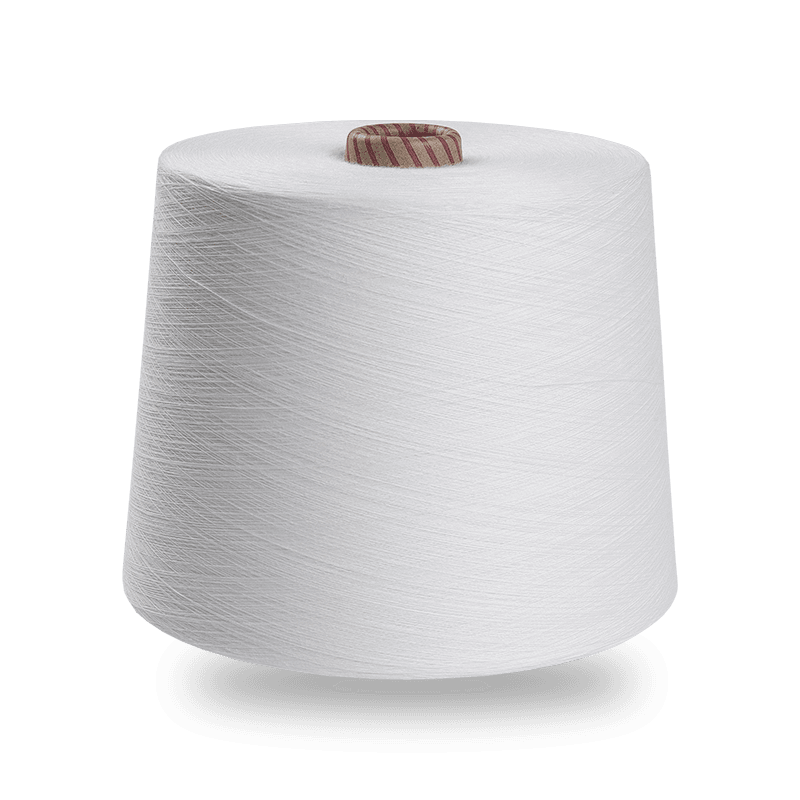The spinning process of Siro spun yarn plays a pivotal role in determining how the yarn interacts with dyes and finishing agents, creating a tapestry of possibilities for textile manufacturers. At the heart of Siro spinning lies a unique method that involves twisting two rovings together, bring to a yarn that boasts exceptional smoothness, strength, and uniformity. These attributes not only make Siro spun yarn desirable for a variety of applications but also significantly influence its dye uptake and finishing processes.
One of the primary factors affecting dye uptake in Siro spun yarn is the yarn’s structure. The Siro spinning technique creates a compact, tightly twisted yarn that possesses a smoother surface compared to traditional ring-spun yarn. This smoothness allows for more even dye penetration, reducing the risk of uneven coloration that can often plague more textured yarns. When dyes are applied, the uniformity of the Siro spun yarn facilitates better absorption, resulting in vibrant, consistent colors that enhance the overall aesthetic appeal of the finished fabric. Moreover, the characteristics of the raw materials used—whether they are pure viscose, polyester blends, or acrylic variants—also play a crucial role in how the yarn reacts to various dyeing techniques, further refining the color outcomes.
In addition to dye uptake, the spinning process directly impacts the finishing stages of Siro spun yarn. The yarn's inherent strength and reduced hairiness contribute to a smoother fabric surface post-finishing. This means that when Siro spun yarn is treated with finishing agents, such as softeners or water repellents, the efficacy of these treatments is heightened. The yarn’s fine structure allows for a more even distribution of finishing chemicals, ensuring that the fabric not only retains its desirable properties but also enhances them. This leads to improved hand feel and performance characteristics, making Siro spun fabrics suitable for a wide range of uses, from casual clothing to more specialized applications.

Furthermore, the interplay between the spinning process and dyeing/finishing is complemented by advanced technological interventions. Modern machinery, such as India's Langwei spinning machines and Japan's Murata winding machines, optimizes the production of Siro spun yarn, ensuring precision in twist and tension. This technological edge translates to greater consistency in both dye uptake and finishing results, providing manufacturers with greater control over the final product. With such a reliable production method, companies can confidently offer a variety of customized yarn blends tailored to meet specific market needs, ultimately expanding the creative horizons for designers and brands alike.
The spinning process of Siro spun yarn is not just a mechanical step; it’s a transformative journey that shapes the very essence of the yarn. The compact, smooth structure created during spinning enhances dye uptake and streamlines finishing processes, resulting in fabrics that are both visually appealing and functionally superior. As the textile industry continues to evolve, understanding these nuances will be vital for manufacturers seeking to produce high-quality products that stand out in an increasingly competitive market. The interplay between spinning, dyeing, and finishing will undoubtedly continue to influence the future of textile innovation.


 English
English 中文简体
中文简体 Español
Español عربى
عربى











